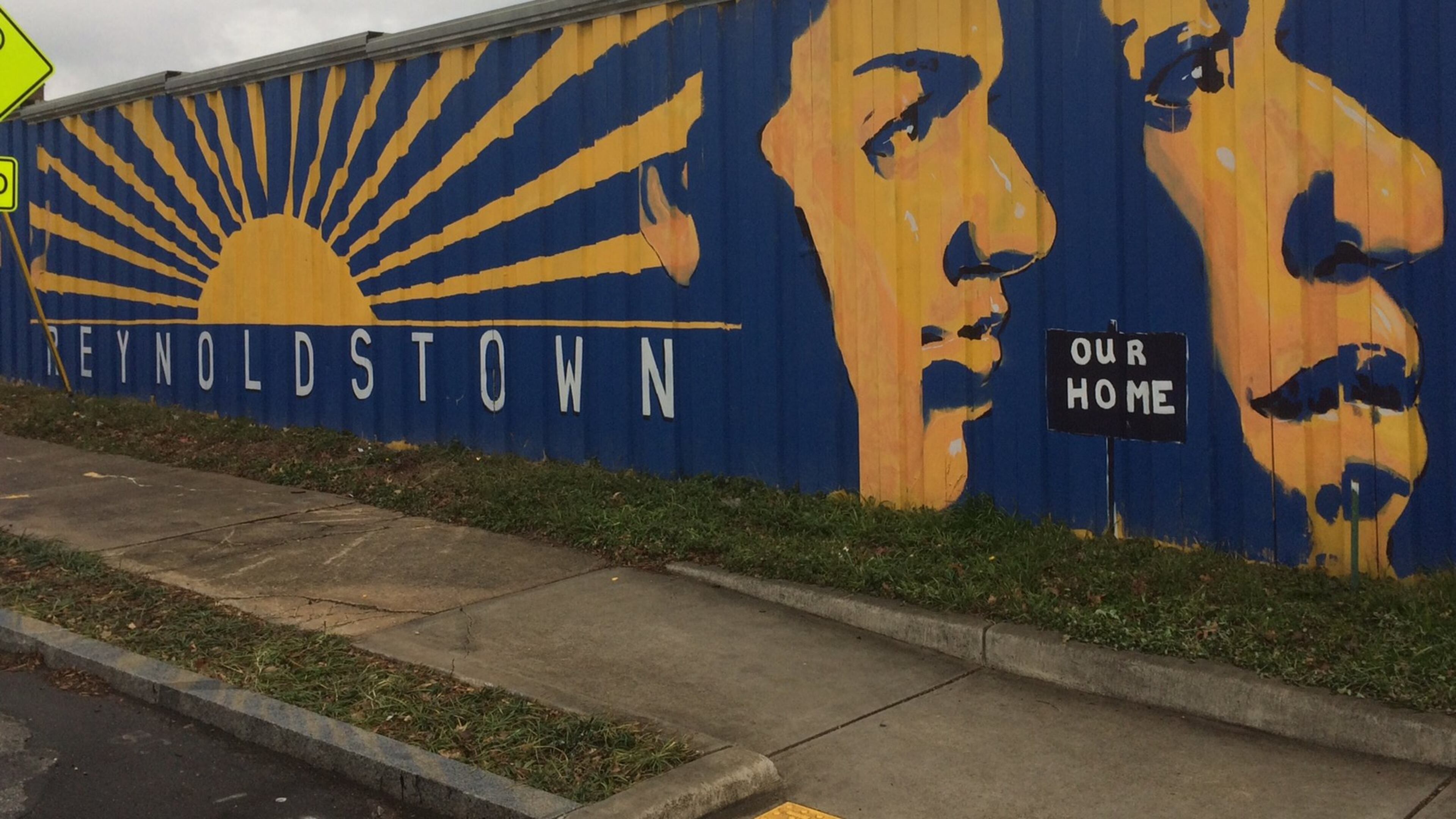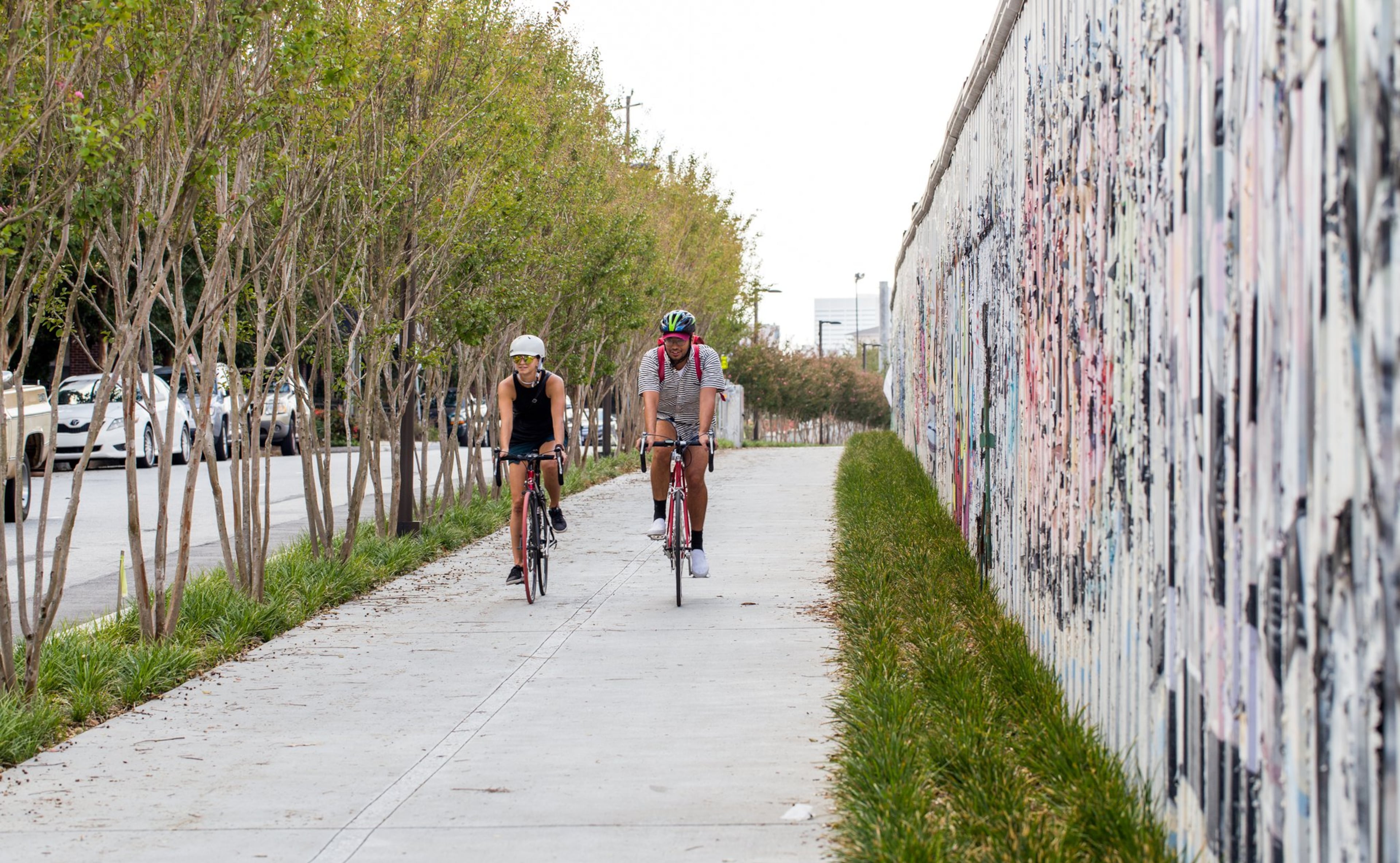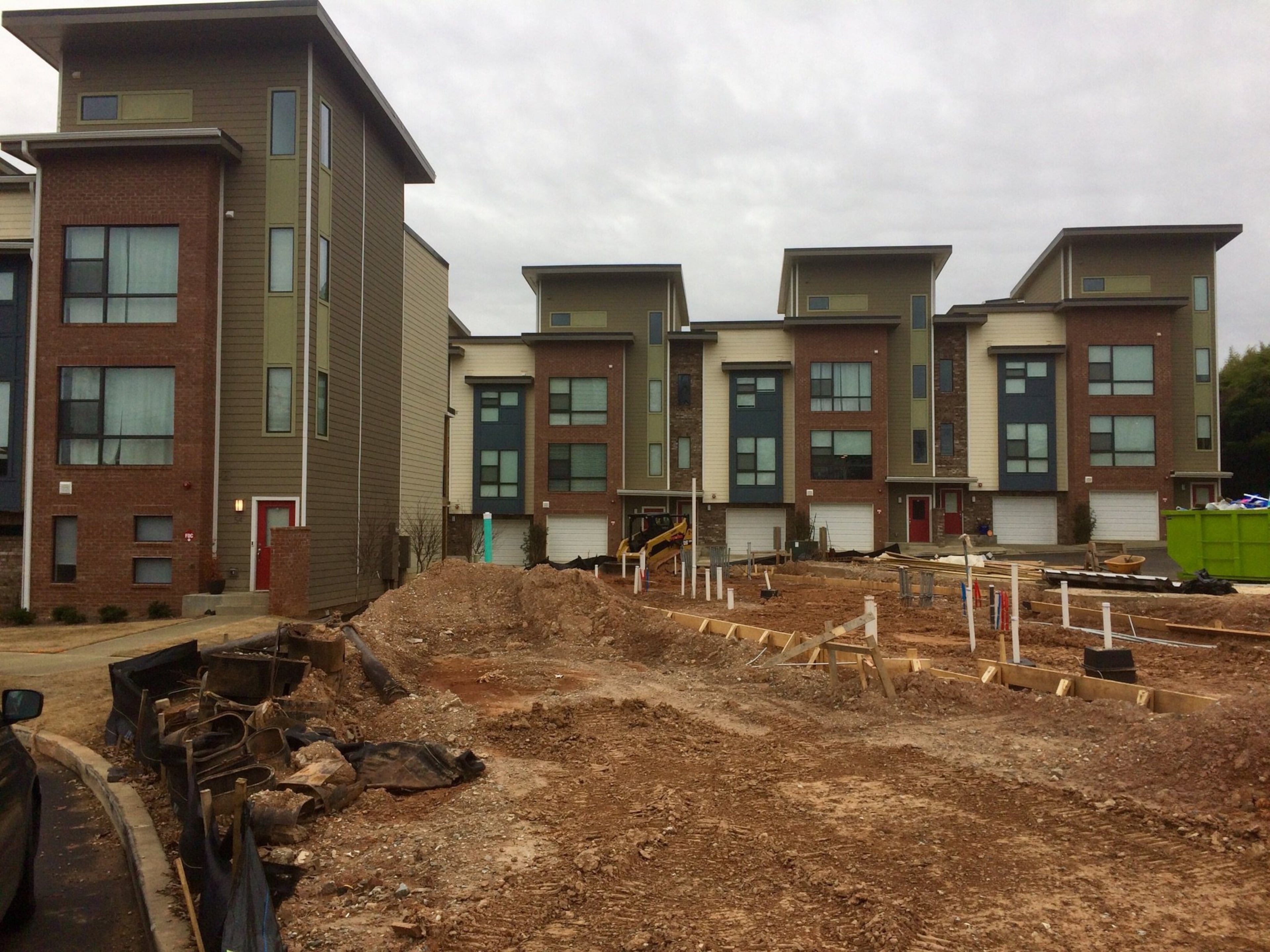Torpy at Large: What Reynoldstown’s 50-50 split says about ‘One Atlanta’

During and after the mayoral election, one kept hearing references to “One Atlanta,” a sense that no matter how divided we are as a city and a society, we can all pull together with one common purpose.
Mayor Keisha Lance Bottoms mentioned it in her inaugural address, a reference to a divisive, yet extremely close, campaign that had some precincts up north going 90-1o for Mary Norwood, who is white, and precincts in southwest Atlanta polling 90-10 for the new mayor, who is black.
In a postmortem of last month's election, I noted that one precinct in Reynoldstown, a neighborhood 2 miles east of downtown, came in at exactly 50-50, or more precisely 435-435. (A recount later added a vote to Bottoms.) In theory, this precinct is One Atlanta: People of different races and economic statuses may diverge on governance, but here they are occupying the same acreage.

I wrote: "I'd venture to say it's because the black residents who haven't been priced out of the gentrifying neighborhood were still around to vote for Bottoms, while the young whites who would have supported Norwood haven't yet moved into their luxury townhouses."
On a cold, drizzly afternoon this week I visited the neighborhood to see if reality coincided with my notion. I wasn’t too far off.
The neighborhood — just south of the CSX tracks and just west of Moreland Avenue — is one of Atlanta’s hot ‘hoods. Starting in the late 1990s, urban pioneers (aka gays, artists and white folks with old Volkswagons) came to the historic neighborhood and were followed a few years later by families (again, usually white) seeking an affordable stake intown.
In the past five or so years, property values in Reynoldstown have skyrocketed, especially with the opening last fall of a new spur of the Beltline. Affordable housing for longtime residents, many of whom rent, is a troubling challenge, at best.
Can you say “tear-down”? Because the neighborhood is filled with them. Ten years ago, the bungalows and cottages were seen as quaint and historic fixer-uppers. Now they are bricks, wood and plaster sitting on land in need of overpriced clusters of townhouses.
One of the first people I ran into was Bronson Blair, a young black man who was walking to a swimming class he teaches. (He also is a videographer and a DJ. Today, lots of people need three jobs to make it.)
Blair's mom grew up in Reynoldstown and developers have come knocking at the family's door, although he said there hasn't been a need — or urge — to sell. Getting rid of the "project-style" apartments, he said, freed the neighborhood from some crime. But he's not necessarily close to the new families moving in.
“We’re all cordial,” he said. “We don’t stop over for tea and cookies, though.”
The churning of the neighborhood is emotional for many, he said.

“The biggest irony is that they left. Back then, they didn’t want us — or at least my grandparents — in the neighborhood,” Blair said. “Now when they approach us, it’s, well, you don’t know how hard it was to keep this community together. What some see as a profit is a legacy to others.”
In 2003, as gentrification took hold, Reynoldstown was added to the National Register of Historic Places. The application for designation stated, “The Historic District is significant in the area of social history and black ethnic heritage because it represents post-Civil War African-American settlement patterns and the mid-20th century phenomenon of white flight … and a dramatic resorting of the landscape along racial lines.
“As whites left Reynoldstown for the outlying suburbs after World War II, the neighborhood, in the span of only fifteen years, went from a predominantly white neighborhood at the end of the war to almost exclusively African-American in 1960. Reynoldstown was among Atlanta’s first white-flight neighborhoods to complete the racial transformation.”
Young Hughley Jr. was a Reynoldstown resident and community leader for decades, just like his father before him.
“I’m not surprised you got a 50-50 there,” he said of the election. “People wanted to move to a more mixed, diverse neighborhood. The goal was inclusion. That mindset drives a lot of people there.”

Hughley said a core group of longtime residents fought to keep the neighborhood viable during some tough times in the 1980s and 1990s.
“They were trying to make the neighborhood viable to urban pioneers,” he said. “The people who came in 1990 to the 2000s were people buying into the philosophy of a quaint community.”
But, Hughley added, many developers “did not come in connected and didn’t care about the history. Now, it’s investment coming in to make a profit. I don’t know what you can do. It’s America.”
Kris Straub, an elementary school teacher who is white, moved to a small bungalow about six years ago. It has been tough. There was a crack house across the street, and her daughter was carjacked. But they stuck it out.
She said a group of elderly African-American ladies on the block were the eyes and ears of the neighborhood, although now some of them are gone.
One house around the corner was torn down to build two bigger homes. It’s all about maximizing investment on the small lots. You must build skyward.

I knocked on the door of Kenyon Lewis, a semi-retired carpenter who has a battered pickup truck out front, one that he used for his remodeling business. Next to his brick bungalow is a massive, cube-like, modern architectural marvel.
Lewis said his parents, John and Mary Lewis, moved to the neighborhood in the 1950s when it was mostly white. Like all of the half-dozen black residents I spoke with, he vowed he is going to stay. Or at least he would like to.
“You have good neighbors, black and white,” he said, figuring that the whites are now the majority. “This is one of the comfortablest neighborhoods. You can’t beat the location. This neighborhood has gone up, then down, and then back up. There’s no use in me moving out. It’s not going back down again.”



